"Music is at once the product of feeling and knowledge, for it
requires from its disciples, composers and performers alike,
not only talent and enthusiasm, but also that knowledge and
perception which are the result of protracted study and reflection."
AUTHOR: Alban Berg
COMPOSER
RAVEL
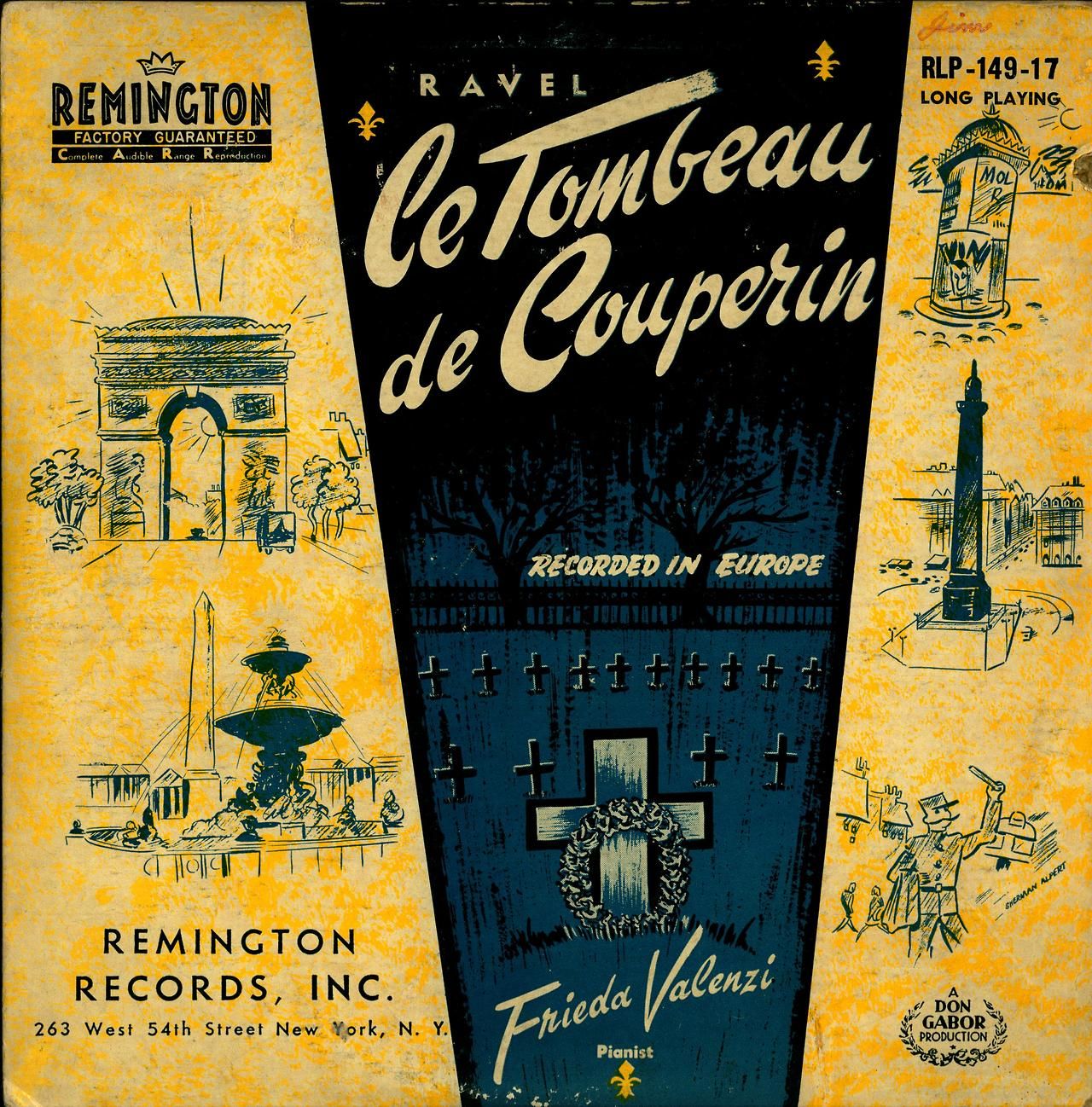
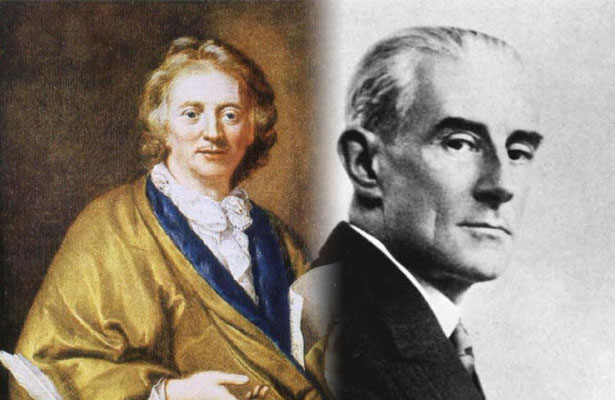 |
| Couperin and Ravel |
LE TOMBEAU DE COUPERIN
SUITE FOR SOLO PIANO
Ronald Brautigam, PianoSUITE FOR SOLO PIANO
https://www.youtube.com/watch?v=I_m6hLSpsLc
00:00 01-Prelude
03:19 02-Fugue
07:02 03-Forlane
13:51 04-Rigaudon
16:57 05-Menuet
22:16 06-Toccata
Composers of the French Baroque age,

François Couperin (1668-1733) among
them, paid tribute in music to recently
deceased colleagues. Such a piece was
called a "tombeau," literally a "tomb," and
Ravel intended such an association here.
Beside just a way of eulogizing his comrades,
however, the association with Couperin also
represented for Ravel the continuity of the
logic and refinement of French civilization.
It was in this great Gallic tradition that Ravel
sought intellectual and emotional shelter
from crushing contemporary events.The title
of Le Tombeau de Couperin, therefore, has
a triple meaning: it is a memorial to family
and close friends; it is a revival of some
aspects of the musical style of the
French Baroque Suite;
French Baroque Suite;
 |
| http://www.slideshare.net/indargorri17/baroque-suite-2941730 |
 |
| http://www.slideshare.net/indargorri17/baroque-suite-2941730 |
and, probably most significant for
Ravel, it is a continuation of the venerable
tradition of French culture and thought in a
time of despair and nihilism.
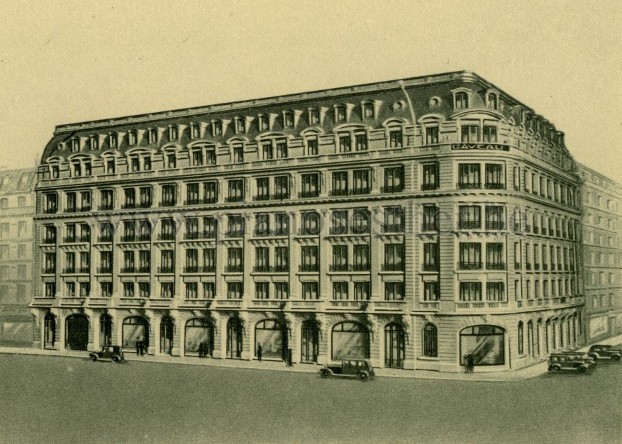 |
| Salle Gaveau Outside |
The first performance was given in Paris,
April 11, 1919, at a Société Musicale
Indépendante concert in the Salle Gaveau
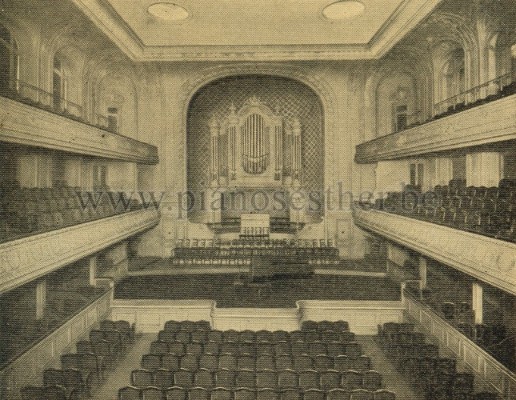 |
| Salle Gaveau Inside |
remembered in Le Tombeau. (The Toccata
movement is dedicated to her husband Captain
Joseph de Marliave.) Marguerite Long not
only premiered Le Tombeau, but also
PIANO SOCIETY
FREE CLASSICAL RECORDINGS
Le Tombeau de Couperin is a suite for
solo piano by Maurice Ravel composed
between 1914 and 1917.
It is in six movements with each movement
dedicated to the memory of friends of the
composer who had died fighting in
World War I.
dedicated to the memory of friends of the
composer who had died fighting in
World War I.
 |
| The assassination of Archduke Franz Ferdinand, the presumptiv heir to the Austro-Hungarian throne, and his wife, Sophie, on June 28, 1914 in Sarajevo initiating the start of WWI |
war as an ambulance driver.


In the thick of the fighting, Ravel suffered from exhaustion
and insomnia. Eventually his health broke down and in
September 1916, suffering from dysentery, he had to have
surgery. Ravel’s convalescence was prolonged by depression,
caused by the loss of numerous friends on the battlefield.
and insomnia. Eventually his health broke down and in
September 1916, suffering from dysentery, he had to have
surgery. Ravel’s convalescence was prolonged by depression,
caused by the loss of numerous friends on the battlefield.
I. Prélude
"To the memory of
Lieutenant Jacques Charlot"
(who transcribed Ravel's four-hand piece
Ma mère l'oye for solo piano)
"To the memory of
Lieutenant Jacques Charlot"
(who transcribed Ravel's four-hand piece
Ma mère l'oye for solo piano)
LE TOMBEAU DE COUPERIN
SUITE FOR SOLO PIANO
Prelude
Vlado Perlemuter, Piano
Prelude
Vlado Perlemuter, Piano
Jean-Philippe Collard, Piano
https://www.youtube.com/watch?v=uaCPY4Plg14
PRELUDE ANALYSIS

II. Fugue
"To the memory of Jean Cruppi"
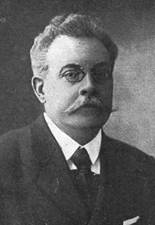 |
| Jean Cruppi |
SUITE FOR SOLO PIANO
Fugue
Vlado Perlemuter, Piano
Fugue
Vlado Perlemuter, Piano
Jean-Philippe Collard, Piano
FUGUE ANALYSIS
http://www.humanities.mcmaster.ca/~mus701/macmacvol3/smith.html

III. Forlane
"To the memory of
Lieutenant Gabriel Deluc"
http://www.humanities.mcmaster.ca/~mus701/macmacvol3/smith.html

III. Forlane
"To the memory of
Lieutenant Gabriel Deluc"
(a Basque painter from Saint-Jean-de-Luz)
 |
| Gabriel Deluc (1850-1916): Vue de Ciboure, Maison de Maurice Ravel (Ravel's Birth Place) |
 |
| Gabriel Deluc: Young Girls at a Piano, 1906 |
 |
| Gabriel Deluc: Bal Costumé Au Parc |
SUITE FOR SOLO PIANO
Forlane
Forlane
Vlado Perlemuter, Piano
Jean-Philippe Collard, Piano
(brothers killed by the same shell on the
first day of their arrival at the front)
first day of their arrival at the front)
LE TOMBEAU DE COUPERIN
SUITE FOR SOLO PIANO
Rigaudon
Vlado Perlemuter, Piano
Jean-Philippe Collard, PianoRigaudon
Vlado Perlemuter, Piano
https://www.youtube.com/watch?v=uCFCUFTudz8

V. Menuet
"To the memory of Jean Dreyfus"
(at whose home Ravel recuperated
after he was demobilized)
LE TOMBEAU DE COUPERIN
SUITE FOR SOLO PIANO
Menuet
Vlado Perlemuter, Piano
https://www.youtube.com/watch?v=gK-A2ZHOgqs
Jean-Philippe Collard, Piano
https://www.youtube.com/watch?v=H6w1kpAze9Q
MENUET ANALYSIS
http://depauwform.blogspot.com/2005/03/ravel-
le-tombeau-de-couperin-v-menuet.html

VI. Toccata
http://depauwform.blogspot.com/2005/03/ravel-
le-tombeau-de-couperin-v-menuet.html

VI. Toccata
"To the memory of Captain
(a musicologist and the husband of pianist
Marguerite Long, who premiered Le Tombeau
de Couperin, who died at the very start of the war)
de Couperin, who died at the very start of the war)
LE TOMBEAU DE COUPERIN
SUITE FOR SOLO PIANO
Jean-Philippe Collard, Piano

In 1919 Ravel orchestrated four
movements of the work (Prélude,
Forlane, Menuet and Rigaudon);

In 1919 Ravel orchestrated four
movements of the work (Prélude,
Forlane, Menuet and Rigaudon);
this version was first performed
in 1920 by Rhené-Baton
 |
| Rhené-Baton |
and the Pasdeloup Orchestra,
the oldest symphony orchestra in France..jpg) |
| John Singer Sargent: Rehearsal of the Pasdeloup Orchestra (Drawing) |
This piece has remained one
of his more popular works.
LE TOMBEAU DE COUPERIN
LE TOMBEAU DE COUPERIN
Original Orchestra Version
Paavo Järvi, Conductor
Paavo Järvi, Conductor
Orchestre de Paris
1 Prélude - Vif
2 Forlane - Allegretto
3 Menuet - Allegro moderato
4 Rigaudon - Assez vif
piano pieces for orchestra,
but here he reaches the height of his
orchestration skills, turning a very
pianistic piece into a superb orchestral
suite with very few hints of its origins.
The orchestral version clarifies the
harmonic language of the suite and
brings sharpness to its classical dance
rhythms; among the demands it places
on the orchestra is the requirement for
an oboe soloist of virtuosic skill.
Nearly 80 years later, the pianist and conductor
Hungarian Zoltán Kocsis began to orchestrate
the remaining two parts, the Toccata and Fugue.
His full orchestral version can be heard here:
LE TOMBEAU DE COUPERIN
Amended Orchestra Version
Zlotán Kocsis, Conductor
Zlotán Kocsis,
Arranger of Movements 5 and 6
Hungarian National Philharmonic Orchestra
https://www.youtube.com/watch?v=Wkt8T38aaMw
LE TOMBEAU DE COUPERIN
Amended Orchestra Version
Zlotán Kocsis, Conductor
Zlotán Kocsis,
Arranger of Movements 5 and 6
Hungarian National Philharmonic Orchestra
https://www.youtube.com/watch?v=Wkt8T38aaMw
0:00 Prelude
3:08 Fugue
6:20 Forlane
12:23 Rigadoon
3:24 p.m. Menuet
8:32 p.m. Toccata
Others have also made orchestral arrangements
for those two movements as well as arrangements
of the suite for various types of instrumental ensembles.
Trevor Wagler re-orchestrated Ravel's orchestration
into a work for a quintet. The two movements Ravel did
not orchestrate (Fugue and Toccata) were also looked
at singly or together by David Diamond and Michael
Round, and in 2013, Kenneth Hesketh prepared the
Fugue and Toccata to match Ravel's orchestration.
for those two movements as well as arrangements
of the suite for various types of instrumental ensembles.
Trevor Wagler re-orchestrated Ravel's orchestration
into a work for a quintet. The two movements Ravel did
not orchestrate (Fugue and Toccata) were also looked
at singly or together by David Diamond and Michael
Round, and in 2013, Kenneth Hesketh prepared the
Fugue and Toccata to match Ravel's orchestration.
While the word-for-word meaning of the
title invites the assumption that the suite
is a programmatic work, describing what
is seen and felt in a visit to the tomb of
Couperin, tombeau is actually a musical term
popular in an earlier century and meaning
a piece written as a memorial. The specific
Couperin (among a family noted as
musicians for about two centuries) that
Ravel intended to be evoked, along with
the friends, would presumably be
François Couperin "the Great" (1668-1733).
title invites the assumption that the suite
is a programmatic work, describing what
is seen and felt in a visit to the tomb of
Couperin, tombeau is actually a musical term
popular in an earlier century and meaning
a piece written as a memorial. The specific
Couperin (among a family noted as
musicians for about two centuries) that
Ravel intended to be evoked, along with
the friends, would presumably be
François Couperin "the Great" (1668-1733).
However, Ravel stated that his intention was
never to imitate or tribute Couperin himself,
but rather was to pay homage to the
sensibilities of the Baroque French keyboard
suite. This is reflected in the structure
which imitates a Baroque dance suite.
which imitates a Baroque dance suite.
As a preparatory exercise, Ravel had
transcribed a Forlane from the fourth
suite of Couperin's Concerts Royaux,
suite of Couperin's Concerts Royaux,
and this piece informs Ravel's Forlane
structurally. However, Ravel's neoclassicism
shines through with his pointedly twentieth-
century chromatic melody and
piquant harmonies.
When criticized for composing a light-hearted,
and sometimes reflective work rather than a
sombre one, for such a sombre topic,
Ravel replied:
"The dead are sad enough,
in their eternal silence."
in their eternal silence."
 |
| http://www.classical-music.com/article/what-was-impact-world-war-one-music |
LE TOMBEAU DE COUPERIN
LESSON PLAN
Cincinnatti Symphony Orchestra
 |
Denis Frémond (French, b. 1950): Le Tombeau de Couperin
|
GRANADA ADV. STRINGS
1. PASSED OUT CONCERT NOTICES
2. 21 GUNS
3. IMAGINE
4. ELEANOR RIGBY
1. PASSED OUT CONCERT NOTICES
2. 21 GUNS
3. IMAGINE
4. ELEANOR RIGBY
INTRO. TO INSTRUMENTS
GRANADA1. KEYBOARDS
a. BLUE BOOK SONGS USING 2 HANDS AT THE SAME TIME
1). ODE TO JOY
2). JINGLE BELLS
2. THEORY
a. Reviewed line and space rules in quiz form
HILLVIEW
1. KEYBOARDS
a. BLUE BOOK SONGS USING 2 HANDS AT THE SAME TIME
1). ODE TO JOY
2). JINGLE BELLS
2. VIOLIN
a. Some students working on placing bow onto the violin
(more students to follow next week)
3. BACH
a. Collected for grading questions 13-21
GRANADA BEG. STRINGS
1. PASSED OUT CONCERT NOTICES
2. CIELITO LINDO
3. CIDER HOUSE RULES
2. CIELITO LINDO
3. CIDER HOUSE RULES
HILLVIEW ORCHESTRA
1. PASSED OUT CONCERT NOTICES
2. LAS MANANITAS I and II
3. ELEANOR RIGBY
1. PASSED OUT CONCERT NOTICES
2. LAS MANANITAS I and II
3. ELEANOR RIGBY
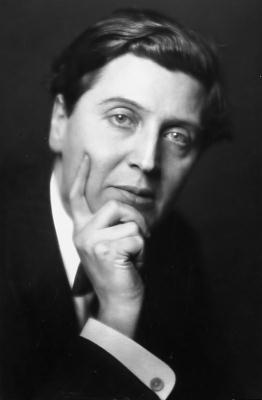


.jpg)




.jpg)



